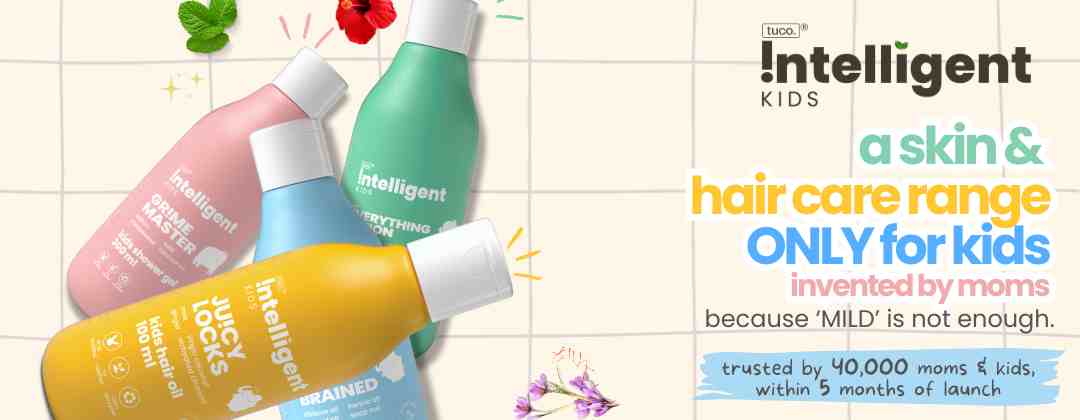In today's world, where the sun's rays are becoming increasingly potent, protecting our skin from harmful UV radiation is more critical than ever, especially for our little ones. Children's delicate skin requires special care and attention when it comes to sun protection. In this comprehensive guide, we'll delve into everything you need to know about sunscreen for kids, from selecting the right SPF to understanding the importance of sun safety habits.
Understanding the Importance of Sunscreen for Kids: Children's skin is more susceptible to sun damage than adults due to its thinner outer layer. UV exposure during childhood can significantly increase the risk of skin cancer later in life. Therefore, establishing sun safety habits from a young age is crucial. Sunscreen plays a pivotal role in shielding children's delicate skin from harmful UV rays, reducing the risk of sunburn, premature aging, and skin cancer.
Choosing the Right Sunscreen for Kids: When selecting sunscreen for kids, there are several factors to consider. Look for broad-spectrum sunscreen that protects against both UVA and UVB rays. Additionally, opt for water-resistant formulas, especially if your child will be swimming or sweating. Consider your child's age and skin sensitivity when choosing the SPF level. Here are some recommendations for different age groups:
-
Sunscreen for Babies (0-2 years): Babies under six months old have sensitive skin that is not yet mature enough for sunscreen. It's best to keep them out of direct sunlight and dress them in lightweight, protective clothing. If sun exposure is unavoidable, seek shade and use physical barriers like hats and umbrellas.
-
Sunscreen for Kids Below 5 Years: For children aged 2 to 5 years, choose a gentle, hypoallergenic sunscreen with an SPF of at least 30. Apply sunscreen generously to all exposed skin, including the face, ears, and neck. Reapply every two hours or more frequently if swimming or sweating.
-
Kids Sunscreen 2 to 5 Years: As children grow older, their sunscreen needs may evolve. Look for child-friendly sunscreen specifically formulated for ages 2 to 5 years. These sunscreens are often water-resistant and designed to be gentle on young skin.
-
Sunscreen for Kids 3 Years: At the age of 3, children can start using sunscreen regularly. Opt for a sunscreen lotion or spray that is easy to apply and quickly absorbed into the skin. Encourage your child to participate in the application process to instill good sun safety habits.
-
Kids Sunscreen for 5 to 10 Years: Children between the ages of 5 and 10 can use sunscreen designed for active kids. These sunscreens are often sweat-resistant and provide long-lasting protection during outdoor activities. Teach your child how to apply sunscreen properly, covering all exposed areas evenly.
-
Sunscreen for Kids 10 Years: As children approach adolescence, their skincare habits become more critical. Choose sunscreen products tailored to their changing needs, such as oil-free formulas for acne-prone skin. Emphasize the importance of daily sun protection as part of their skincare routine.
Developing Sun Safety Habits: In addition to using sunscreen, instilling sun safety habits in children is essential for lifelong protection against UV damage. Teach your kids the following sun safety tips:
- Seek shade during peak sun hours (10 am to 4 pm).
- Wear protective clothing, including hats, sunglasses, and UV-protective clothing.
- Avoid tanning beds and sunlamps, which emit harmful UV radiation.
- Set a good example by practicing sun safety yourself.
Here's Tuco Intelligent's bestselling Natural Sunscreen for kids!
Protecting our children from the sun's harmful rays is a responsibility that should not be taken lightly. By choosing the right sunscreen and instilling sun safety habits from a young age, we can help safeguard their skin and reduce the risk of sun-related skin damage. Remember, sun protection is not just a summertime necessity but a year-round commitment to our children's health and well-being.



